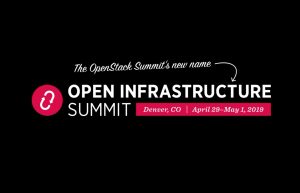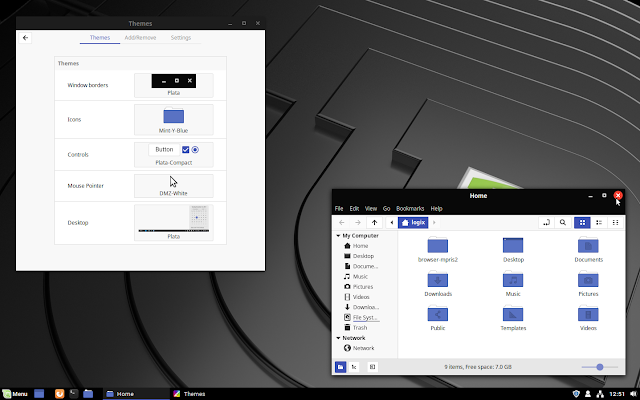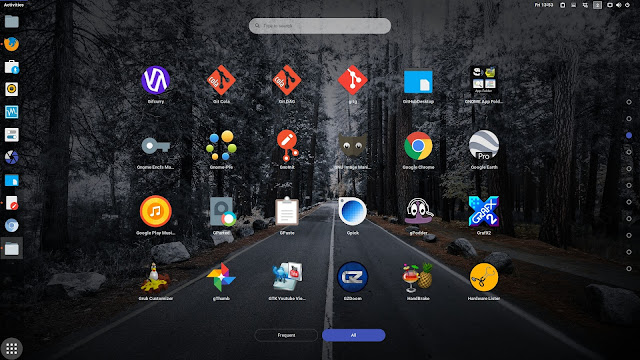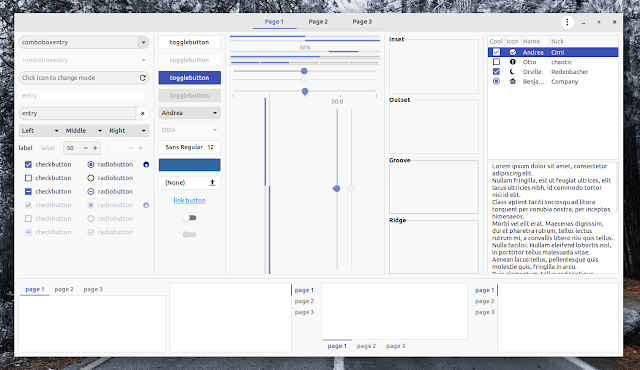It’s one thing to give travel advice; it’s another to follow it.
In past articles, I’ve written about how to prepare for a vacation or other
travel when you’re on call. And, I just got back from a vacation where I
put some of those ideas into practice, so I thought I’d write a follow-up
and give some specifics on what I recommended, what I actually did
and how it all worked.
Planning for the Vacation
The first thing to point out is that this was one of the first vacations
in a long time where I was not on call, directly or indirectly. In my
long career as a sysadmin responsible for production infrastructure, I’ve
almost always been on call (usually indirectly) when on vacation. Even if
someone else was officially taking over on-call duties while I was away,
there always was the risk that a problem would crop up where they would
need to escalate up to me. Often on my vacations something did blow
up to the point that I needed to get involved. I’ve now transitioned
into more of a management position, so the kinds of emergencies I face
are much different.
I bring up the fact that I wasn’t on an on-call rotation not
because it factored into how I prepared for the trip, but because,
generally speaking, it didn’t factor in except that I didn’t have to go
to as extreme lengths to make sure everyone knew how to contact me in
an emergency. Even though I wasn’t on call, there still was a chance,
however remote, that some emergency could pop up where I needed to
help. And, an emergency might require that I access company resources, which
meant I needed to have company credentials with me at a minimum. I
imagine for most people in senior-enough positions that this
would also be true. I could have handled this in a few ways:
- Hope that I could access all the work resources I might need from my
phone.
- Carry a copy of my password manager database with me.
- Put a few select work VMs on my travel laptop.
I chose option number 3, just to be safe. Although I’m not superstitious,
I still figured that if I were prepared for an emergency, there was a
better chance one wouldn’t show up (and I was right). At the very least,
if I were well prepared for a work emergency, if even a minor problem
arose, I could respond to it without a major inconvenience instead
of scrambling to build some kind of MacGyver-style work environment
out of duct tape and hotel computers.
Selecting the Travel Computer
As I’ve mentioned in previous articles, I recommend buying a cheap,
used computer for travel. That way, if you lose it or it gets damaged,
confiscated or stolen, you’re not out much money. I personally bought a
used Acer Parrot C710 for use as a travel computer, because it’s small,
cheap and runs QubesOS pretty well once you give it enough RAM.
I originally planned on taking this same small travel computer with
me on my vacation. I even prepped the OS and was about to transfer
files over when I changed my mind at the last minute. I changed my mind
because at my job we are working on integrating a tamper-evident BIOS called
Heads into our laptops that, in combination with our USB security token
called the Librem Key, makes it easy to detect tampering. You plug in the
key at boot, and if it blinks green you are fine; if it blinks red, it
detected tampering. Normally, I wouldn’t recommend taking a work laptop on
vacation, but in this case, I wanted to beta-test this BIOS protection, so at
the last minute I decided to take my work laptop and try everything out.
Preparing the Travel Computer
Another important part of travel preparation is to make backups of your
personal or work laptops. This is important whether you are traveling
with your personal laptop, a work laptop or a travel laptop, because in
any of those cases, you will want to transfer some files to the laptop you
have with you, and you also want to be safe in case you lose that machine.
In my case, the backup process has an additional significance because
I use QubesOS. QubesOS allows you to separate different workflows,
files and applications into individual VMs that all run in a unified
desktop. You also can back up and restore those VMs independently. For
travel, this means I can perform a full backup of personal and work
machines before the trip and then restore just the VMs I need onto my
travel laptop. If the laptop is lost, broken or stolen, or if I want to wipe
the laptop, I don’t have to worry about losing data.
Since I was traveling with my work laptop, this meant that I performed my
normal backups of personal and work Qubes VMs, but then I just restored
the personal VMs I thought I might need on the trip onto my work
laptop. Otherwise, I would have restored both personal and work VMs onto
my separate travel laptop. Normally I also recommend that you spend a
full day working from your travel laptop after you have set it up,
so you can make sure you have all of the access and files you need. Since
I was traveling with the work laptop, I could skip this step, of course.
The Results
So what were the results of all this travel preparation? I barely had to
open my laptop at all! I had one or two personal obligations that required
the laptop at the beginning, but I didn’t have to fire up any work VMs. Since
I mostly kept my laptop in a bag, I did end up leaving it unattended
quite a bit, so it was a good test for that tamper-detection (as you might
expect, the laptop wasn’t tampered with during the trip). Knowing that
I could fire up work VMs if I had to did give me extra peace of mind
during the trip, even though I never actually had to try it.
When I returned home, there was some clean up to do. Normally
with my travel laptop, this means a complete wipe and re-install of the OS
so it’s ready for next time. In this case, since I was using my regular
work laptop, I just deleted all of the personal VMs I had added.
Source








